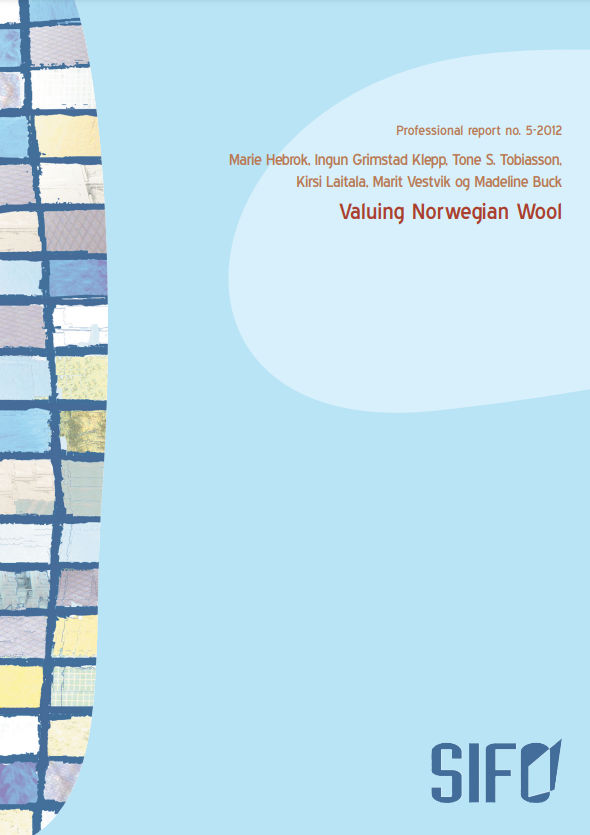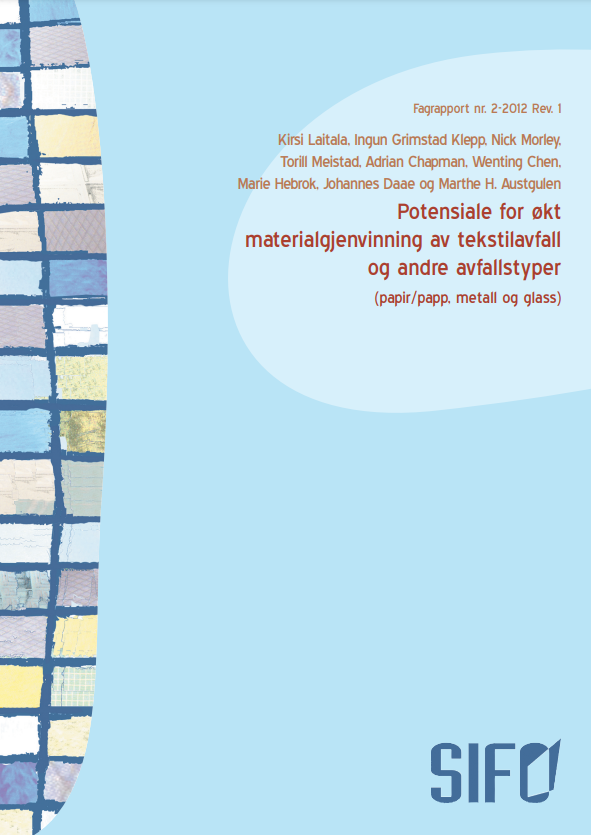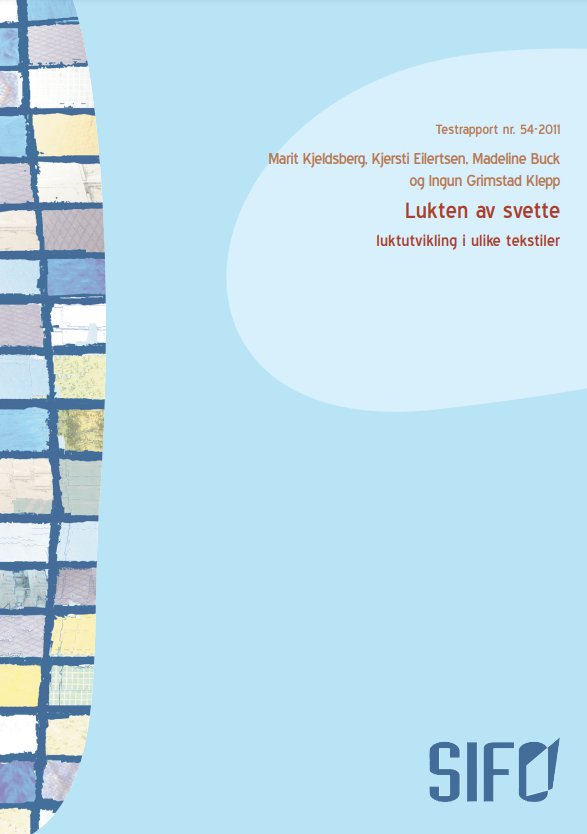Wool you wear it? – woollen garments in Norway and the United Kingdom
Marie Hebrok, Ingun G. Klepp & Joanne Turney
Abstract
This article was developed from the project ‘Valuing Norwegian Wool’ initiated by the Norwegian National Institute for Consumer Research to generate knowledge on how wool can contribute to sustainable textile consumption, and how value creation can be increased in the Norwegian wool industry. The article will compare consumer perceptions, attitudes, practices and knowledge concerning wool as a material and as garments in Norway and in the United Kingdom, through a case study of wardrobes owned by six middle-class families.
The aim is to generate knowledge about the diverse web of aspects that influence consumption of woollen garments. The wardrobe study as a method aims to include the materiality of garments in clothes research in a more direct way. Analysing the materiality in connection with the social and cultural aspects of clothes gives us a better understanding of the relations between materiality and practice.


